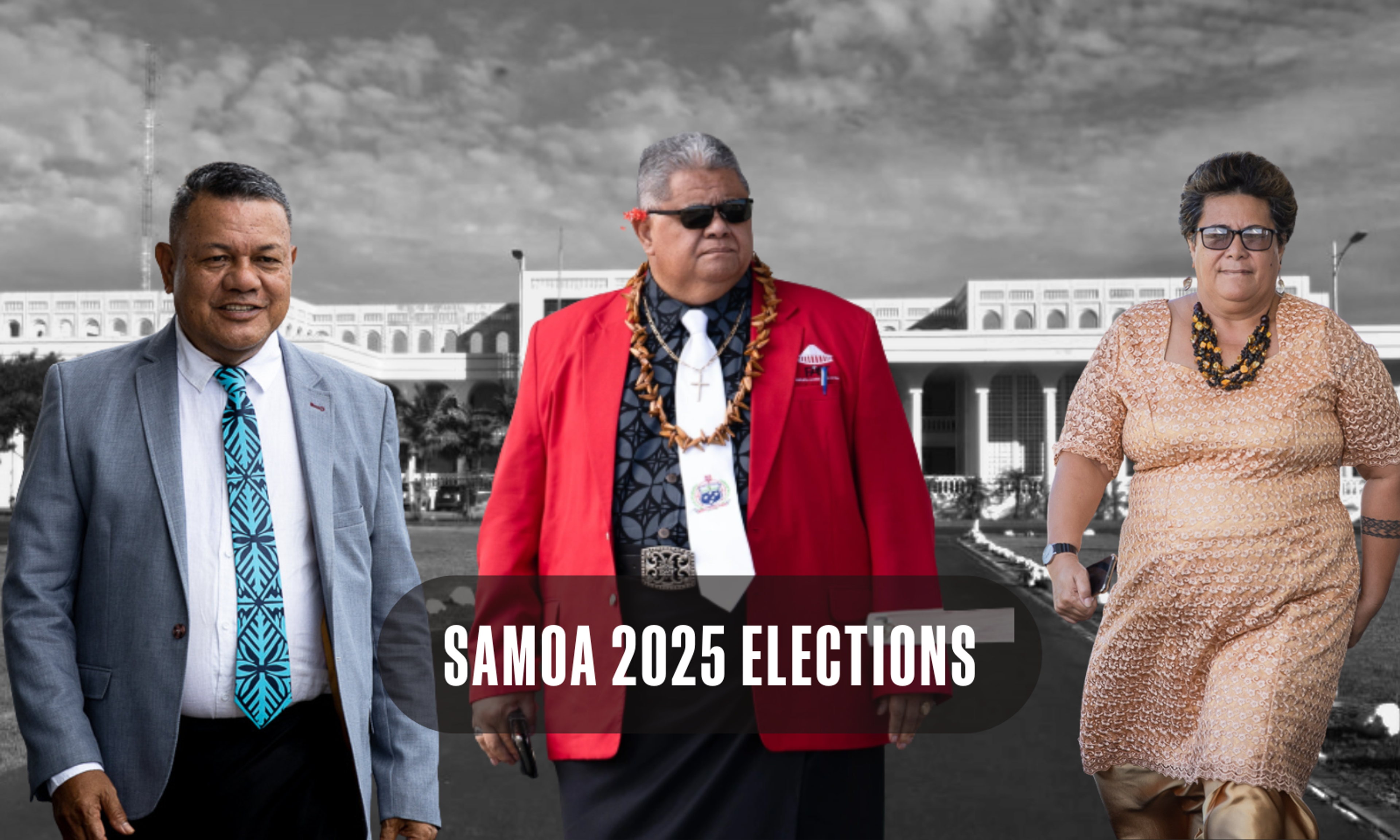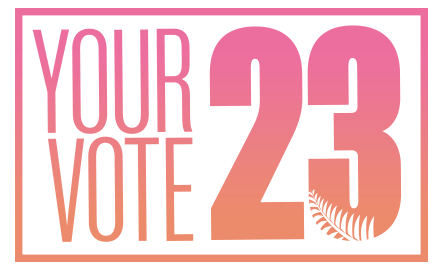

Photo/ Electoral Commission
Image: Electoral Commission
Election 2023: Explainer - WTF is MMP?
New Zealand adopted the voting system of MMP in 1993 - so what is it, and how does it work?




Cook Islanders worry over China amid anniversary party

Record candidates in Auckland elections highlighting youth empowerment


Sisters transform Kiwi tourism with authentic Māori and Pacific cultural experiences


Cook Islanders worry over China amid anniversary party

Record candidates in Auckland elections highlighting youth empowerment
As part of our Election 2023 coverage, our political reporter Taualofa Totua breaks down what is MMP and how it works.
WTF is MMP?
The voting system that we use in New Zealand is called MMP which stands for Mixed Member Proportional. We use this system to determine the people who will represent us in Parliament.
What’s the point of MMP?
Lack of trust, confidence and public critique of the first voting system we had ultimately led to First Past the Post or FPP being dropped.
Criticism increased over the 1970s and 1980s. Many believed FPP created a government where two main parties dominated, while minor parties were often left out altogether - therefore not a proper representation of Aotearoa New Zealand’s gender, ethnic, and ideological diversity.
After some significant report findings and two referendums, MMP was first used for New Zealand’s 1996 general election.
The aim of political parties is to gain a majority - to win the most number of seats out of the 120 seats available in Parliament. Securing a majority means securing more power in decision-making and influence when it comes to what laws are implemented and how our country is run. More seats = more say.

How do political parties gain more seats?
Besides getting the public to vote and to support them through their proposed policy promises, it is us - me, you and every other person living in Aotearoa who the political parties have to appeal to and convince. We have the ability to decide who wins and who gets seats at the table.
We get two votes under the MMP voting system.
A party vote: this is voting for a political party that aligns with your values and priorities. When voting for a party, you are also helping to increase their chance of having more seats in Parliament. Parties with a bigger share of the party vote get more seats.
An electorate vote: An electorate vote is voting for a single candidate who is running to represent the electorate or area you live in. When you vote for a candidate, you help to choose who represents the electorate you live in and has influence over what goes on in your hood. The candidate with the most votes wins, and becomes an MP.
Taualofa’s tips:
Due to the influence of the party vote on political parties, it is possible to vote strategically - such as voting for smaller parties. Voting for smaller parties may increase their chance of having more say in Parliament.
It’s important to have an informed vote too - rather than voting for a party based on one policy, it is possible to look at parties holistically overall and allow that to influence your vote. You may really like what a party is proposing for Health but may not align with where they stand with Infrastructure plans.
Websites like The Spinoff’s policy.nz,TVNZ’s Vote Compass and political quiz ISideWIth can help to break down what all the parties priorities are.
How do parties ‘win’?
A party that wins the election with majority votes becomes the party in Government - the party with the most influence and control.
The share of seats a party wins is about the same as its share of party votes which are calculated on election day. This is because MMP is a proportional system and it applies to all parties regardless of their size.
Parties must first get 5 per cent of the party vote or win an electorate seat before they can have any seats in Parliament.
How are seats allocated in Parliament?
All the candidates who receive the most votes for their electorate get a seat in Parliament. They are called electorate MPs.
The remaining seats are filled from candidates on party lists. All parties have a ranking list, where their members are ranked in the order the party wants those candidates to be elected into Parliament. They are called list MPs.
I’ve heard the word ‘coalition’ and how parties negotiate to form a government. What does this mean?
Typically, no one party receives enough votes to govern alone. The larger parties often need the support of smaller parties to form a government or to pass laws. They need to come to an agreement first.
Some of these agreements possible include:
Coalitions: when two or more parties join together to form a government
Eg. Labour party and Greens party joining together in the 2020 election
Confidence and Supply agreements: when one party agrees to support another on certain issues and laws (particularly for the passing of the Budget or if there's a vote of no confence by the opposition) that are voted in in Parliament.